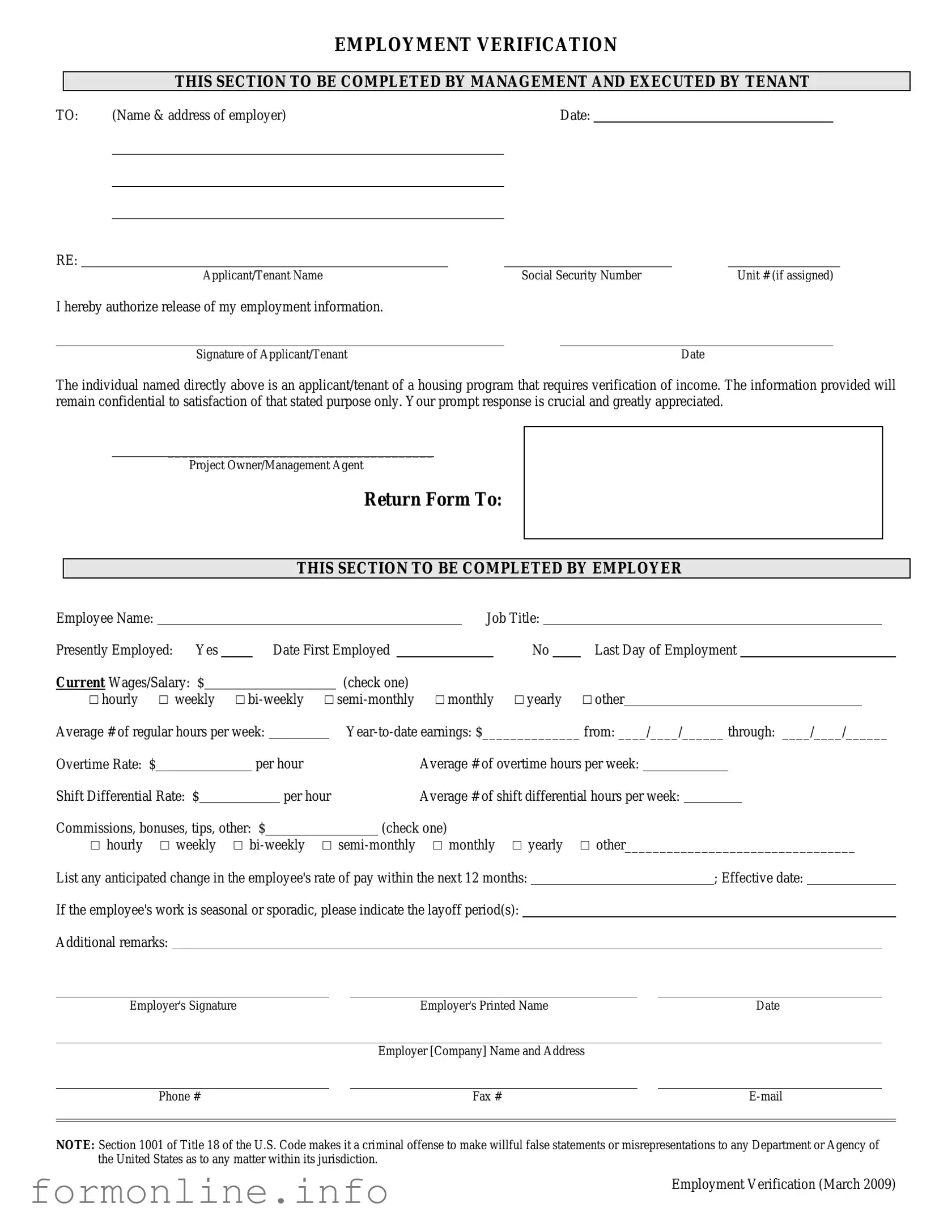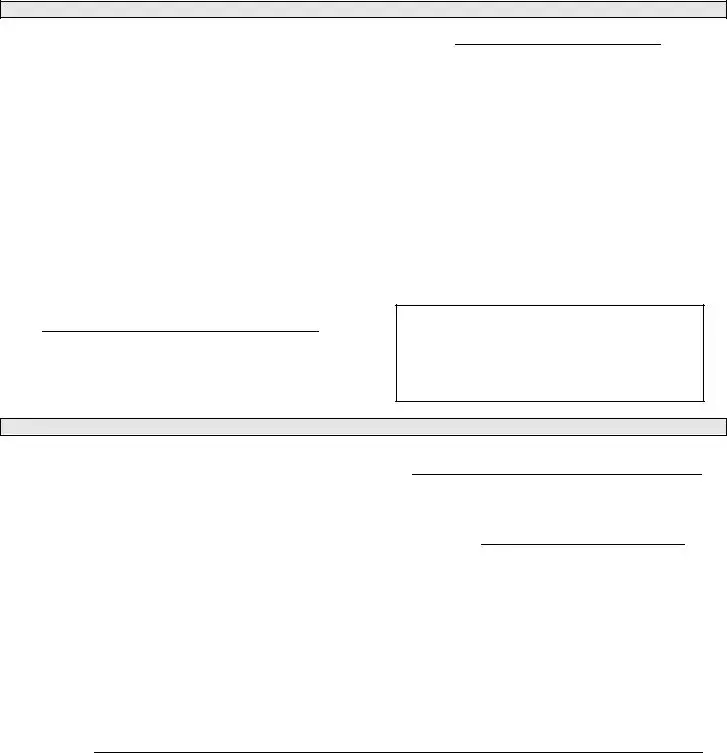Fill Out a Valid Employment verification form Form
An employment verification form is a document used by employers to confirm a job applicant's employment history and credentials. This form typically includes details such as job title, dates of employment, and salary information. Ensuring accurate completion of this form is crucial for both employers and potential employees, as it helps establish trust and transparency in the hiring process.
Ready to fill out the employment verification form? Click the button below to get started!
Prepare Form Online

